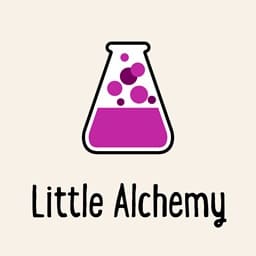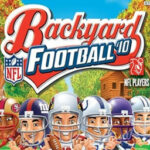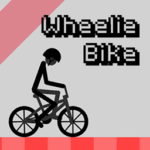Table of Contents
ToggleIntroduction to Little Alchemy
Ever wondered what happens when you mix fire and water? Or earth and air? Little Alchemy lets you find out—by turning basic elements into surprising new creations. It’s a puzzle game that feels more like a playful experiment, where you start with just four elements: fire, water, earth, and air. From there, the possibilities grow—slowly, then all at once.
Originally released in 2010 by developer Recloak, the game has built a loyal fan base across web browsers, iOS, Android, and Windows. Whether you’re nine or ninety, it’s a fun, oddly satisfying way to mix science with imagination.
Developer Background & Game Origins
Recloak, an indie studio known for creating minimalist yet imaginative games, launched Little Alchemy on December 8, 2010. With a focus on blending education and curiosity, the developers designed a game that sparks creative thinking without overwhelming players. What started as a simple browser-based experiment quickly evolved into a cross-platform hit, now available on Android, iOS, and Windows. The game’s success led to the release of Little Alchemy 2, a testament to its staying power and Recloak’s commitment to keeping the formula fresh and engaging across years.
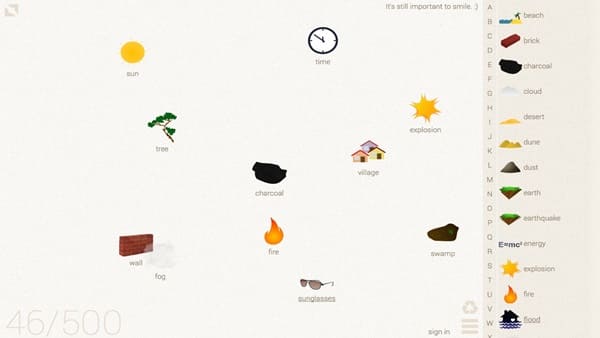
Core Gameplay Mechanics
When you first open Little Alchemy, you’re met with a blank canvas and just four simple elements: fire, water, earth, and air. With a quick drag-and-drop, you begin combining these elements to see what they make. It starts easy—fire + earth = lava—but soon, you’re experimenting with combinations you’d never expect. Each successful mix adds a new element to your sidebar, expanding your toolbox and tempting you to try even more.
The entire experience feels tactile and intuitive. Just click, drag, and observe what happens. No timers. No points. Just discovery. The goal? Unlock all 560+ items, and enjoy the process along the way. Whether it’s crafting metal or stumbling upon unicorns, Little Alchemy turns experimentation into a quiet, satisfying challenge.
Exploration and Discovery Features
One of the game’s most addictive features is how it rewards experimentation. Every time you successfully create something new, that item shows up in your sidebar inventory, neatly stored for future use. Over time, this list becomes a growing archive of all your discoveries. You’ll scroll through it often, hunting for the next unexpected match.
The canvas where you combine elements can get cluttered as your ideas multiply. Thankfully, a cleanup button at the bottom right wipes everything away—perfect for when your imagination runs ahead of your organization.
What makes it special is the mix of logic and whimsy. Some pairings make perfect sense; others feel like tiny magic tricks. This back-and-forth between strategy and surprise is what keeps players coming back. It’s like solving a giant, invisible puzzle with no wrong answers—just endless possibilities.
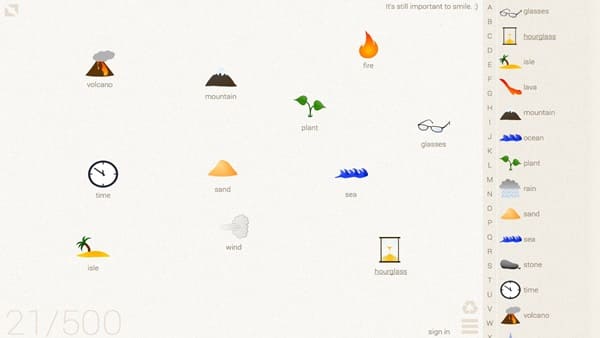
Sample Element Combinations
You’ll begin with combinations that feel grounded in science:
- Fire + Earth = Lava
- Earth + Air = Dust
- Steam + Air = Cloud
These early fusions make logical sense and help you understand how the system works. But the game soon nudges you toward the unexpected. Try Water + Horse, and you’ll get… a Hippo. Not what you saw coming, right?
That’s where Little Alchemy shines. You’re not just mixing chemicals—you’re testing connections between ideas. Some combinations lean into reality, while others reward your abstract, lateral thinking. The moment you find something odd but clever, you’ll smile, maybe even say “really?” out loud. That’s the heart of the game—those “aha!” moments when logic and imagination collide.
Why It’s Educational and Fun
At its core, Little Alchemy encourages a blend of logical reasoning and creative problem-solving. You’re not just clicking aimlessly—you’re forming hypotheses, testing them, and learning from the results. That’s the scientific method, in a playful form.
Because there’s no pressure—no time limits or lives—it’s ideal for kids, casual gamers, and even classrooms. Teachers use it to introduce basic chemistry and creative thinking. Parents like it because it’s screen time that actually exercises the brain. And gamers love it for its simple, relaxing progression.
Whether you’re 10 or 40, the game provides small bursts of joy every time you discover something new. It’s proof that a game doesn’t need flashy graphics or complex mechanics to be genuinely engaging and surprisingly educational.
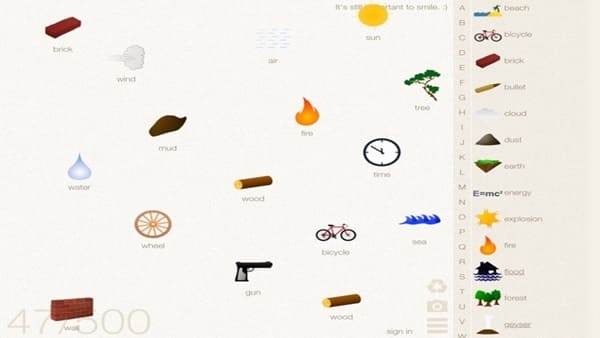
Comparison: Little Alchemy vs. Similar Games
Compared to its sequel, Little Alchemy 2, the original feels simpler but more focused. The UI in part two is sleeker, and it adds new concepts, but some players prefer the cleaner pace of the first game.
Infinite Craft, on the other hand, leans hard into randomness—combinations often lead to wild, nonsensical results that prioritize humor over logic.
Meanwhile, My Little Alchemy offers mobile convenience but lacks the thoughtful layering and depth.
What sets Little Alchemy apart is its balance. It invites curiosity without overwhelming, using just enough logic and unpredictability to keep you experimenting for hours.
Tips for Mastering the Game
Experiment often—and without hesitation. The game rewards curiosity, so don’t be afraid to try even the oddest combinations. Use trial-and-error as your main tool, but when you’re stuck, it’s perfectly fine to check a trusted online guide—top players often do when chasing the full 560 elements.
Keep your canvas clean. A cluttered screen slows you down, so hit the cleanup button regularly to stay organized.
Also, revisit earlier items. Some new discoveries only become possible after unlocking other pieces, so cycling back through old combinations can uncover fresh results you missed the first time.
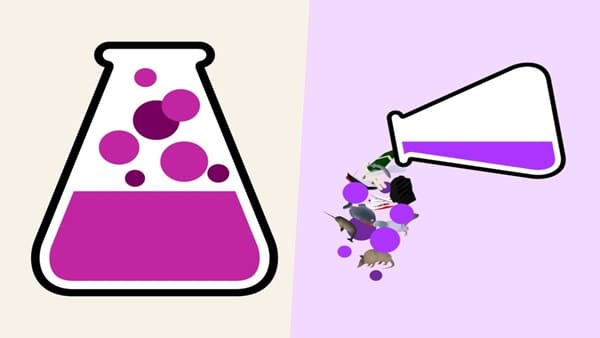
Player Review: A Gamer’s Perspective
I’ve spent well over 20 hours with Little Alchemy, and I still remember the moment I mixed life + clay and got human—that one felt oddly profound. Later, discovering unicorn from a chain that started with just air and fire made me laugh out loud. There’s something deeply satisfying about watching complex ideas emerge from basic ingredients.
I kept a notepad next to me, jotting down ideas like a mad scientist. Even had a friendly competition going with a buddy—who could reach 500 items first. I lost, but I found time from sand + glass, and that felt like a win.
Conclusion – Should You Play It?
If you enjoy games that reward curiosity, Little Alchemy is worth a try. There’s no pressure—just the quiet joy of combining things and seeing what unfolds. One moment you’re making mud, the next, you’re creating a unicorn or even life itself.
It’s easy to start and surprisingly hard to stop. Whether you’re a student, a teacher, or someone who just likes solving quirky puzzles, it’s time well spent. Head over to Classroom6x Hub and start mixing—you never know what you might create next.

